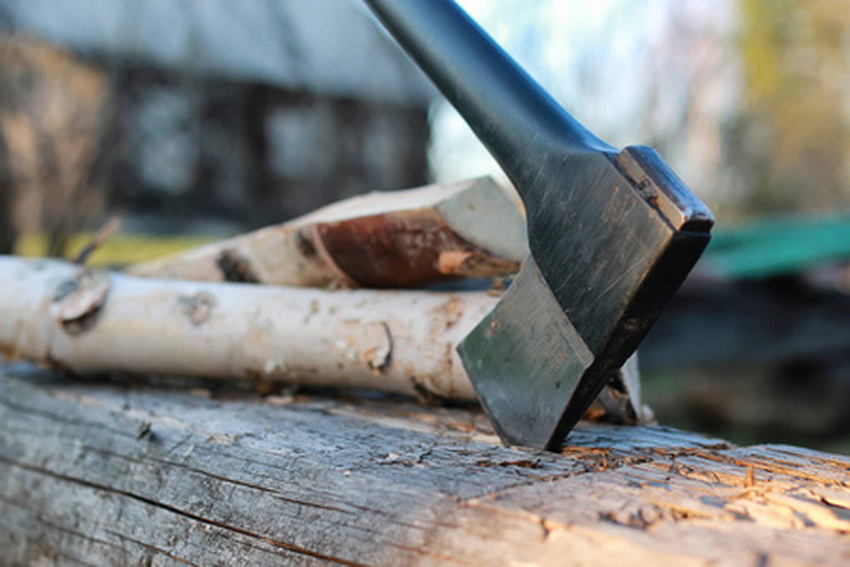![]() Windy
Windy
 WeChat
WeChat
 WhatsApp
WhatsApp
Click:355 seen
If you are camping in a remote mountain area by car, you should bring an axe, which can be used to cut down some branches to make a fire or build a temporary shelter. From the
functional point of view: the axe is mainly split, cut, smash, with a certain cutting function; From the point of view of self-defense: the axe and the jungle knife can be self-defense, the
self-defense effect is different, but the axe is not a controlled knife, a labor tool, the jungle knife needs to be carefully carried, so as not to cause misunderstanding. The axe is a sharp
weapon, if you are not careful when using it, it is likely to hurt yourself, and it is very likely to hurt your teammates. If you survive in the field, it is very dangerous to get injured.
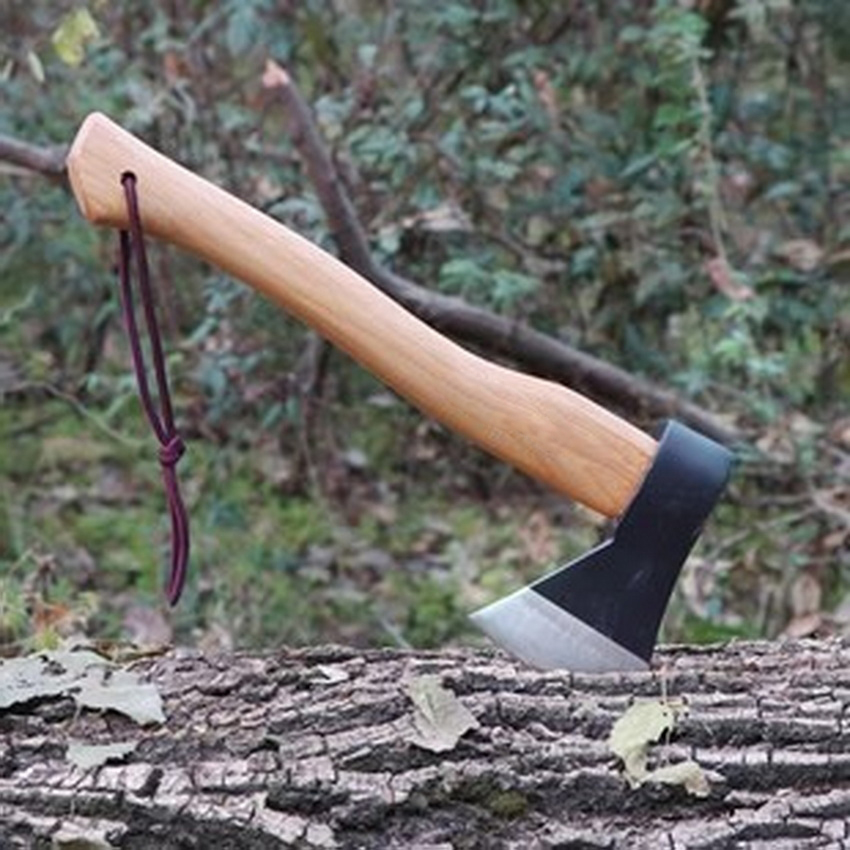
Take care of your axe
● Keep the head of the axe dry to prevent rust; Wax the axe with a candle when the weather is bad.
● Occasionally rub the handle of the axe with cooked flaxseed oil.
● Do not leave the axe blade in the wood for a long time, or the axe will become dull.
● Never lend an axe to a novice.
● Never use an axe to cut another axe, and never use an axe to cut anything harder than wood.
● Try to avoid cutting the axe into the ground, as the axe may hit the stone and cause damage.
● Never use an axe to cut stones, or use an axe to cut wood that has been driven into nails.
● Before using the axe in sub-zero temperatures, warm the axe with your hands and body heat so that the steel is not too brittle.
● If there is a gap in the axe edge, smooth the axe edge and then re-sharpen it at the correct Angle.
● Never put the axe on a dry grinding and high-speed grinding wheel, which will damage the toughness of the axe. Do not sharpen the edge of the axe too thin (the edge of the file is often
thinner), unless the axe edge is designed to be thin. Do not polish the blade inward, because the axe needs a flat, slightly raised blade.
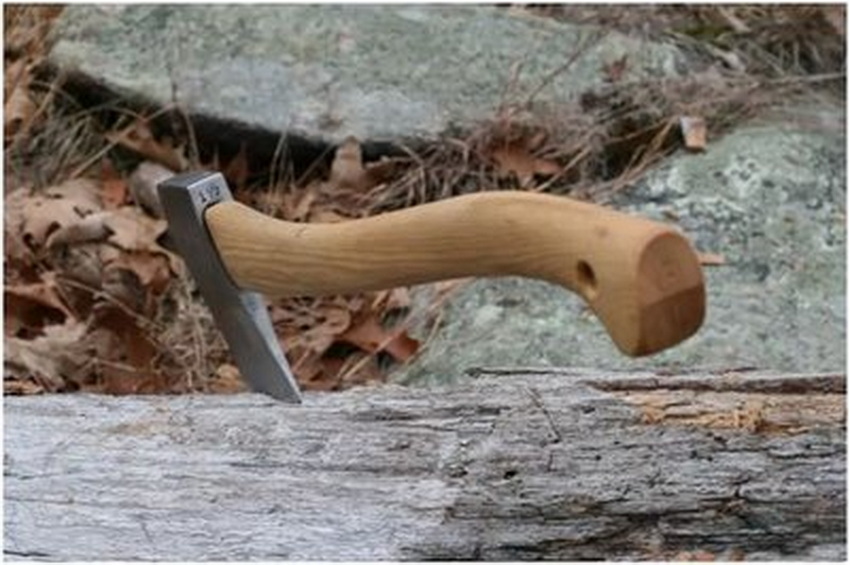
Ax safety Use common sense
● When the axe is not in use, it must be covered with a strong cover. In between uses, the axe must be placed in a safe place, such as into a cutting board or the head of a log, or
between two tree roots. Do not cut the axe into the wood for a long time, because the chemicals in the wood will erode the steel and dull it.
● Do not use an axe with a loose head.
● Keep axes away from children and animals, such as sled dogs.
● When walking with an axe in your hand, be careful to throw the axe away from your body if you fall or trip. Keep an eye on the blade at all times, including its orientation and distance
from others. Although it is better to walk with the axe with the palm up, this is not practical in practice, and people usually walk with the throat of the axe handle. And other cutting tools -
sample. When you carry the axe, be sure to bring the appropriate first aid kit.
● Before you start using the axe, make sure your clothing does not catch the axe swinging motion, as scarves or heavy outdoor clothing and waterproof clothing can. Then. Make sure
there are no obstacles blocking the waving. For this reason, it is best to be in an open space large enough that the end of the axe will not hit an obstacle as it swings around your body.
● When using an axe, remember that every swing must have a safe space to swing, that is, a cutting board, log, or ground as a backstop, so that if you do not cut the wood you want to cut,
or if the wood you want to cut accidentally split, the axe will be stopped by the backstop, and will not cut yourself or hurt others. That means the axe has to land safely on the flapper. Do
not strike the roots and trunk of a living tree with an axe; it will kill the tree.
● When you feel tired, consider whether to use an axe. It may be safer to use a saw to get the job done, or you can wait until you feel less tired to turn on the axe. In dim light, on snow, or
if you're a novice with an axe, use a kneeling position to cut. This will ensure that the ground acts as a safety barrier.
● If you use an axe with one hand. There is a danger that the other hand holding the object will be struck. To prevent this from happening, pay attention to the path of the axe blade. When
using an axe, we vary the Angle, force, and intensity of the cut as needed, which means the axe may swing in an arc centered on different fulcrum points. These points include the wrists,
elbows, shoulders, and back. To use the axe well, think carefully before each cut. Pay attention to the fulcrum of the motion with each swing, as this will determine the area of the danger
zone, that is, the area included in the arc drawn with the fulcrum as the center of the circle, the foot of the sieve blade, or the heel. It must be absolutely done that if any part of the body is
within the area of this arc, there must be a barrier between it and the axe blade, or that part of the body must be behind the axe when it is swung.
● Use the weight of the axe to cut. The man who is good with the axe simply raises it. Then let it fall on the object being cut, and the strength of the arm is only used to precisely guide the
direction of the cut, rather than applying it to the axe and pressing it down. If the axe fails to split the wood. Well, either you didn't pick your spot, or the axe got dull.
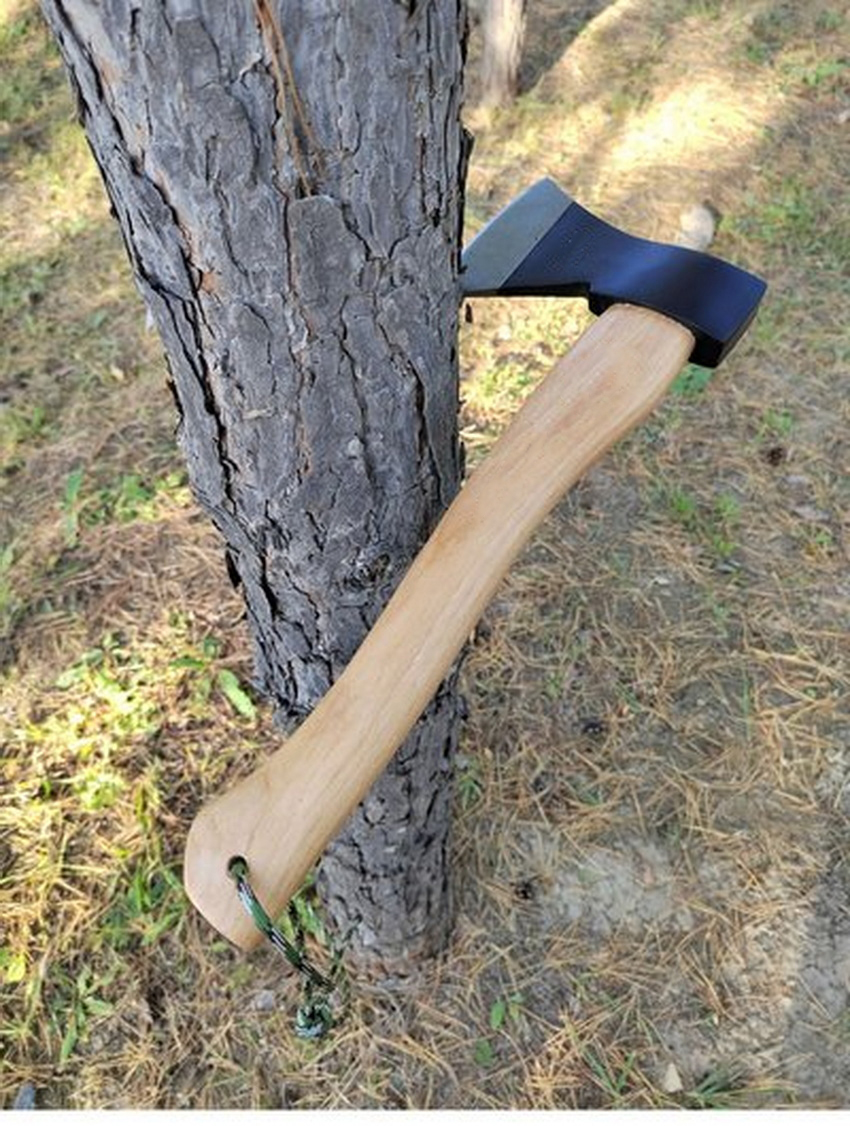
How do I pull out a stuck axe
If the axe gets stuck in the wood being cut, you can aim it at the top of the handle and knock it down hard enough to remove it. If it doesn't work. Gently drag the axe up and down until you
pull it out. Never move the axe handle left and right, or drag it up and down with too much force, otherwise it will definitely break the axe handle.
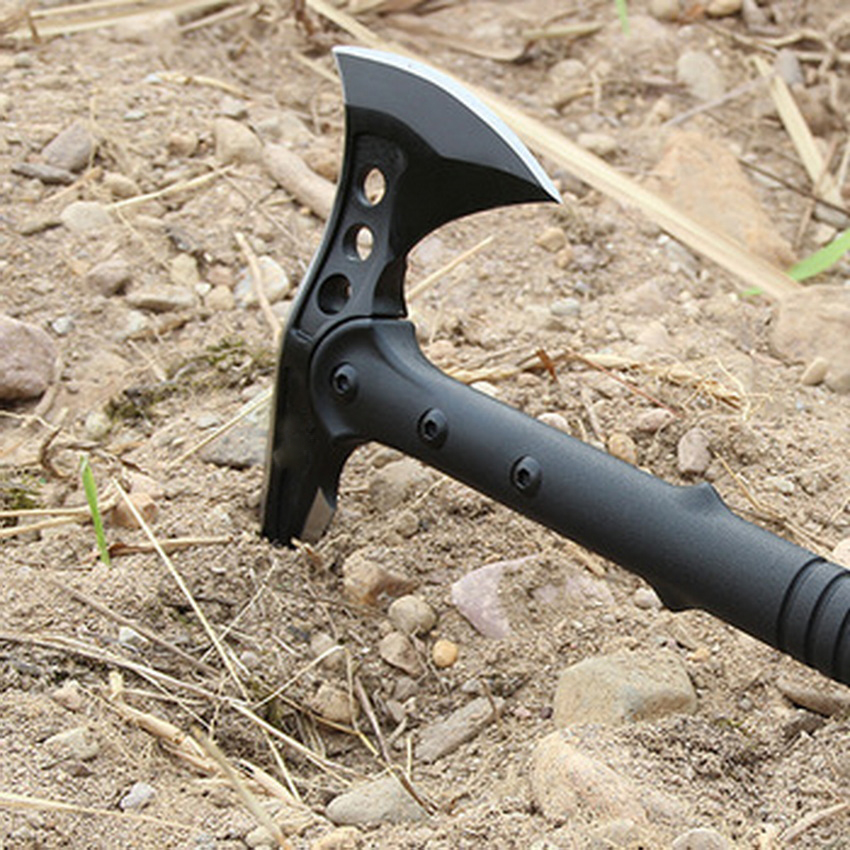
Install the new hatchet handle
Do not replace an old axe handle by burning it, even if you have buried the blade in wet soil, as this will damage the mechanism of the axe and destroy it. Instead, the old handle should be
slowly withdrawn or drilled out in a studio at home. Use dried wood to carve a spare handle. Choose a hard wood, such as hickory, zen, ash, or birch. The choice of wood depends on the
options at hand. Insert the spare handle carefully into the eye of the axe, then cut the head of the handle with a knife and a stick, and drive into a slender, hardwood wedge made of wood
core. Wood wedges made from dried oak core are ideal. If you can remove the metal nails holding the wedge in place from the old handle, use the nails to reinforce the new wedge.
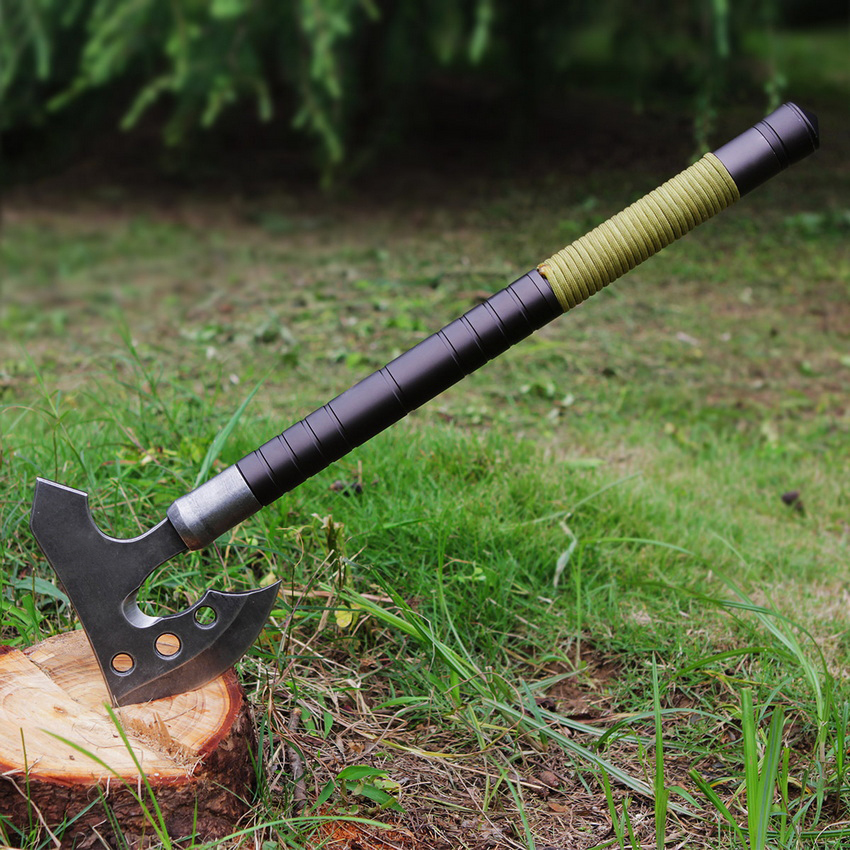
Loose handle
If the handle is loose, it probably needs to be replaced. If you take your axe to drier and colder conditions, you may find that dribbling some linseed oil into the eye of the axe will solve the
problem of loosening. In the jungle, people often soak loose axes in water to make them expand and crack the handle. But this is only a temporary solution, and the handle will eventually
have to be replaced. Adding a wedge is another temporary solution, the replacement of the axe handle is inevitable, and this method still only postpons the final repair time.
